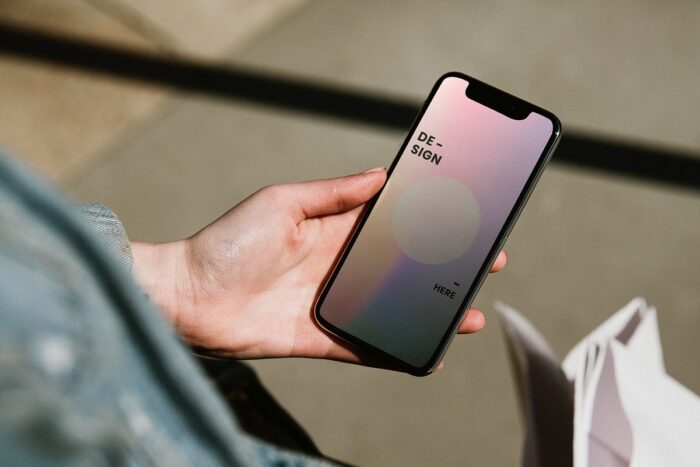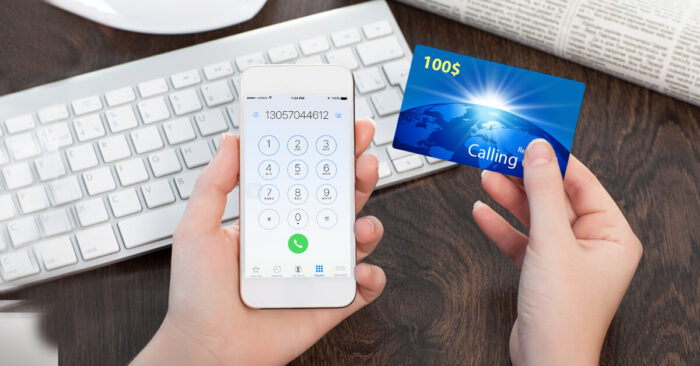
Phone cards are fantastic because they allow you to call nearly anywhere in the globe for a fraction of the cost.
Searching for the lowest rates is one of the common pitfalls that consumers fall into.
I’ll explain why you should probably avoid these business cards in this post.
The phone card business is trapped in a catch-22 situation. On the one hand, they want to offer the lowest calling rates for clients who want to make international calls, but on the other hand, they need to find inventive methods to put that margin back into their product to stay afloat.
In the phone card sector, using hidden fees is one of the most common techniques.
1. Expensive connection costs

Connection costs are one of the most frequent fees you’ll notice, and while they’re usually not concealed (often next to the calling rate), they still manage to take many off guards.
So, what exactly does a connection fee entail?
When you make a successful call to a person or their voicemail, a connection cost is charged from your phone card.
A disconnection fee is similar to a connection fee, only it is collected at the conclusion of the call rather than at the beginning.
While I’m not a big fan of phone cards with connection fees, in many circumstances they provide a better deal than cards without.
“If you tend to make longer phone calls then it might be best to buy a phone card with a connection fee, but most of the time I’d recommend going with a card that comes without one.” JT, nzphonecards.co.nz.
2. Daily service charges (i.e. junk fees)
Service charge fees are another common tactic employed by phone card companies; in fact, according to research conducted in Australia, 48 percent of phone card firms utilize this strategy.
What is a daily service charge?
This is a regular debit from your card, which might be monthly, weekly, or even daily.
These fees are made to your card whether or not you use your phone card, and they begin as soon as you activate your call card.
3. Slippage

Slippage is undoubtedly one of the most profitable areas for a phone card provider.
What is slippage?
When you purchase a phonecard, the chances of using up every single cent on that card are small. In almost every scenario, there will be a small amount left over after you’ve finished using your card that will not be sufficient for you to make another call, so the card will naturally expire, and the phone card company will take whatever money remains.
4. Losing credit due to expiration dates on phone cards
Most callings come providers have an expiration date on their cards, and when that expiration date hits, typically any remaining monies are removed in other words, the card company absorbs it.
While this isn’t ideal, it is a standard business practice, and it is true for the phone cards I use. As a result, I’m always aware of how much credit I have left and make sure that I use up as much of it as possible before the period ends.
I’d recommend looking for a card provider that enables you to maintain your balance whether the card has expired or not. In these circumstances, you’ll need to reactivate your phone card with a top-up, but after you’ve done so, you’ll be able to carry that balance across to your new balance.
5. Reactivation penalties

If your phone card expires and it can be recharged, you will likely have to pay a reactivation cost in order to maintain your PIN number.
My advice is to seek phone card firms that not only do not absorb your remaining amount but also allow you to reactivate your card without incurring any further fees.
6. Corner-cutting
If you’re seeking the lowest phone card rates, you should be aware that while some firms may offer you a low rate, they may also charge you in other ways.
One of these critical areas is experiencing technical difficulties, such as being unable to connect, having a loud phone connection, experiencing call drop-outs, being connected to a completely different person in another country, or even being overcharged.
Many of the less expensive phone card businesses try to save money by not investing in their own technology, and one of the most important areas where this is done is via carrier lines.
A carrier line is basically a connection that links your phone call to the person you want to speak to, and if their carrier line is down, you’ll want to be sure that the phone card business you’re with can replace it with a new one as quickly as possible.
Unfortunately, many phone providers have a limited number of carrier lines, so if there are issues with those lines, it might take anything from a few days to a few weeks to remedy.
Call the customer support number and enquire about the time it takes to handle any technical difficulties, as well as whether they have numerous carry lines.
The top phone card companies can usually repair technical difficulties the same day, if not within minutes.
7. There is no support for customers

Unfortunately, many phone card companies, particularly those that sell their products in physical stores, do not have a customer service team to help out with issues with a said phone card.
If there is no customer service team this is an automatic deal-breaker for me.
I’d rather pay somewhat higher calling rates to have the assurance that if there are any future issues, they can be fixed promptly and efficiently with the least amount of aggravation.
Conclusion
My advice is to find an online phone card retailer, call up their customer support team and ask them about each of the points mentioned inside this article, this alone will help you avoid 95% of the headaches associated with buying phone cards.








